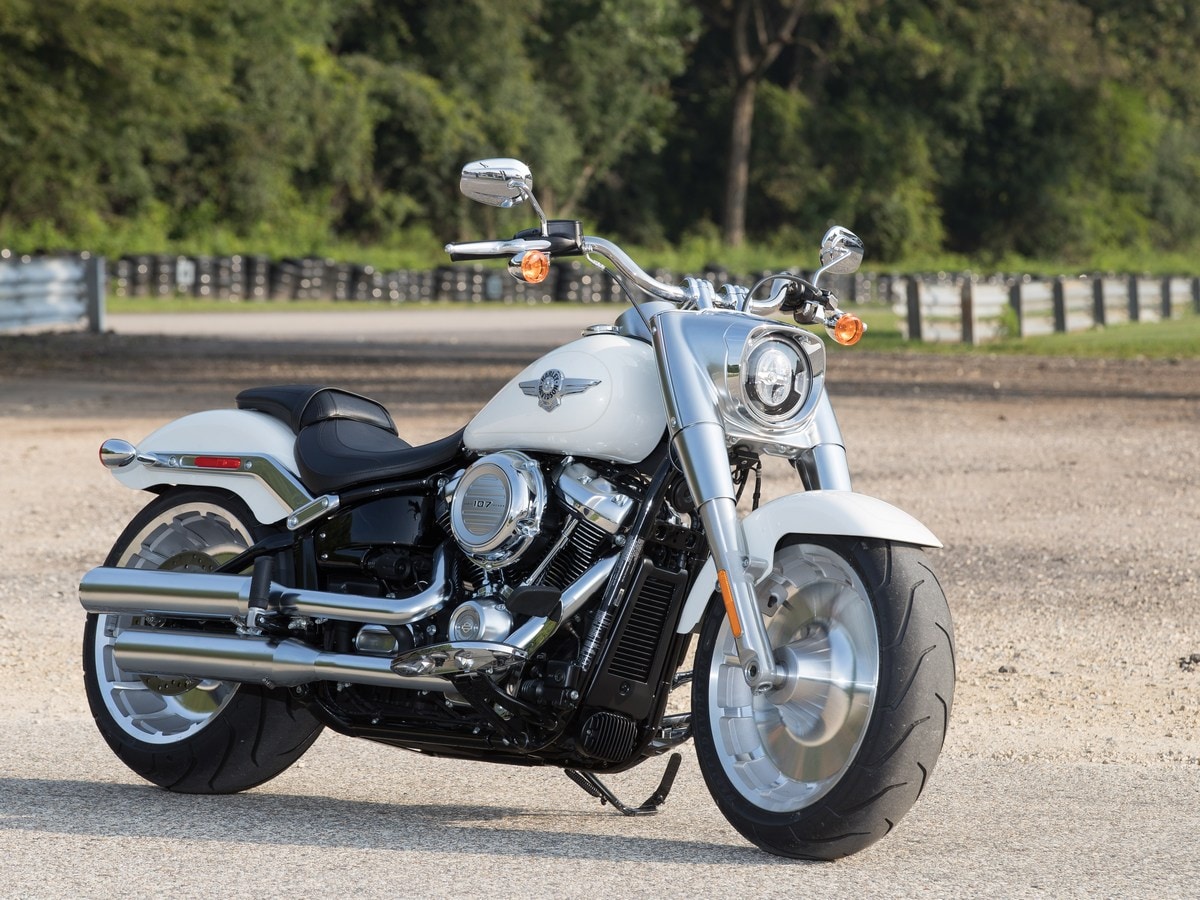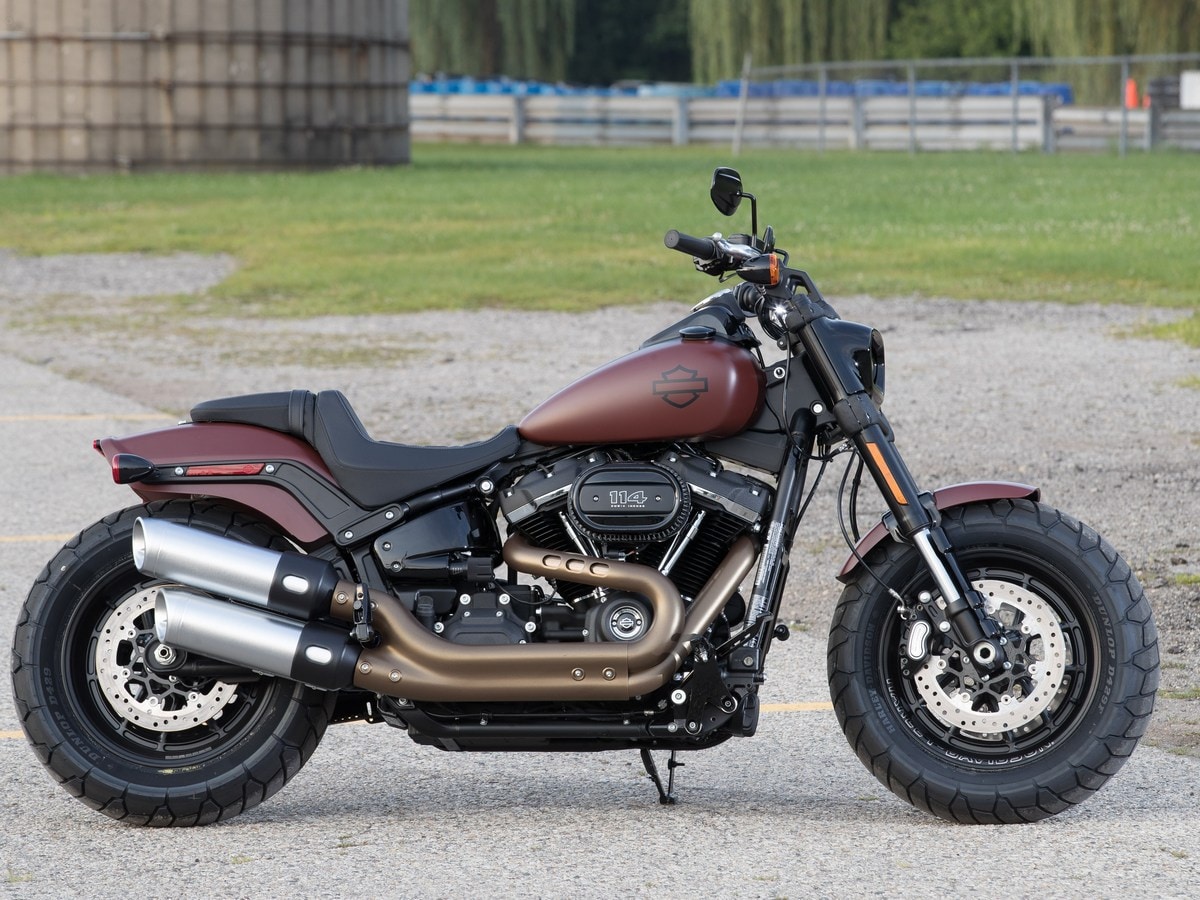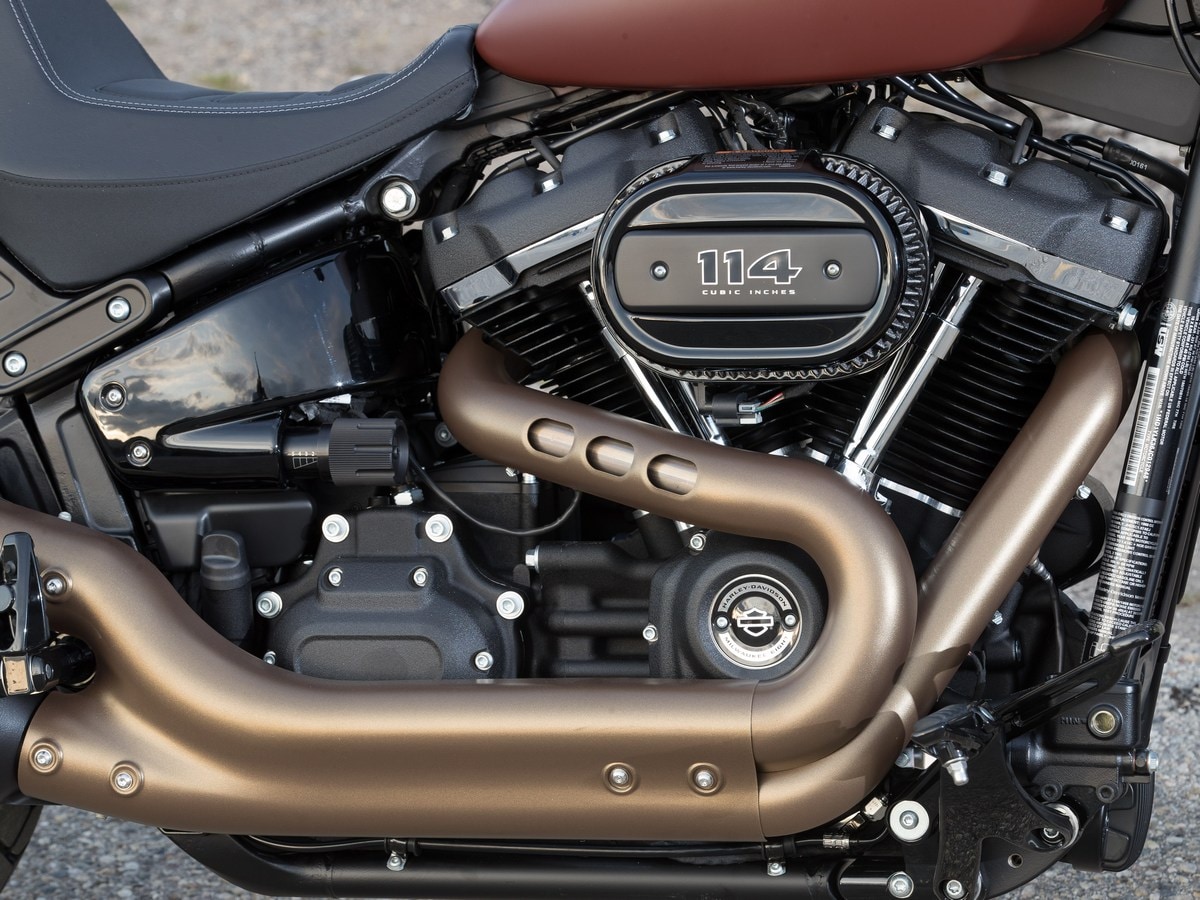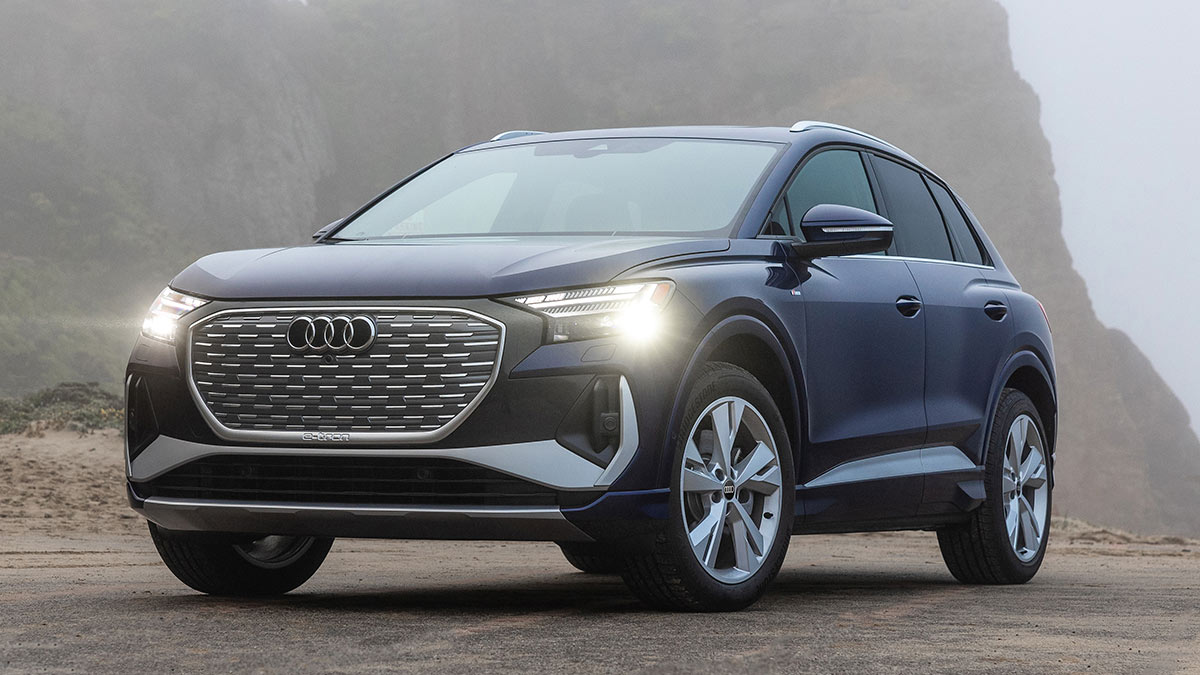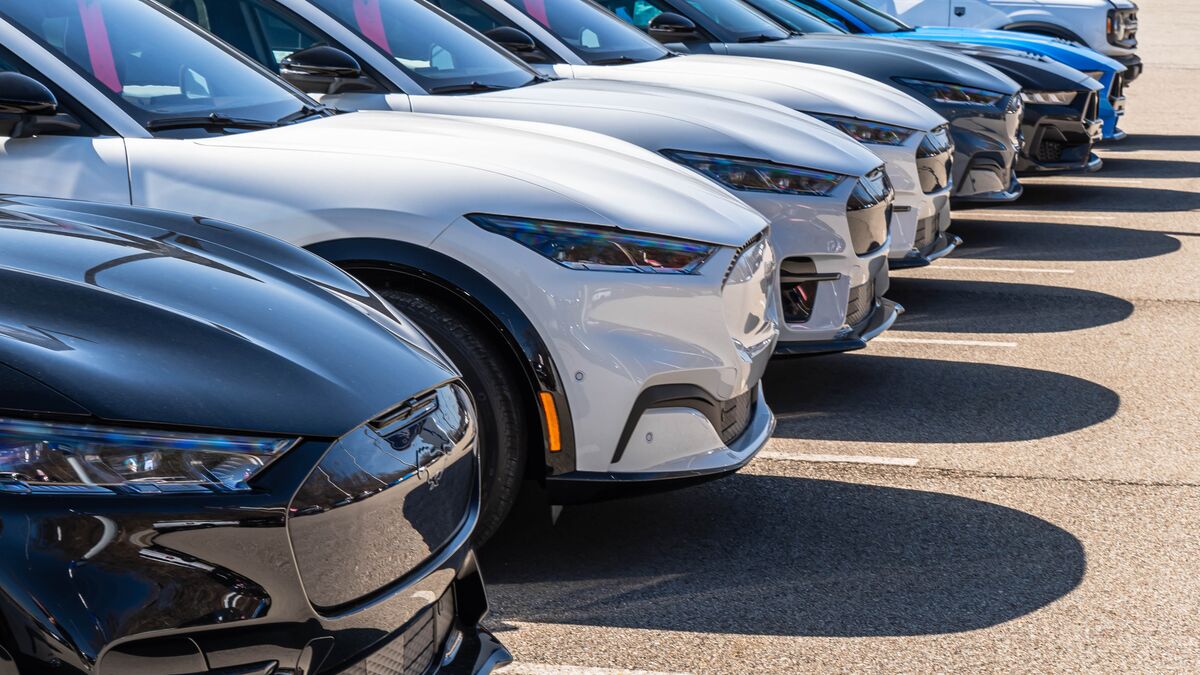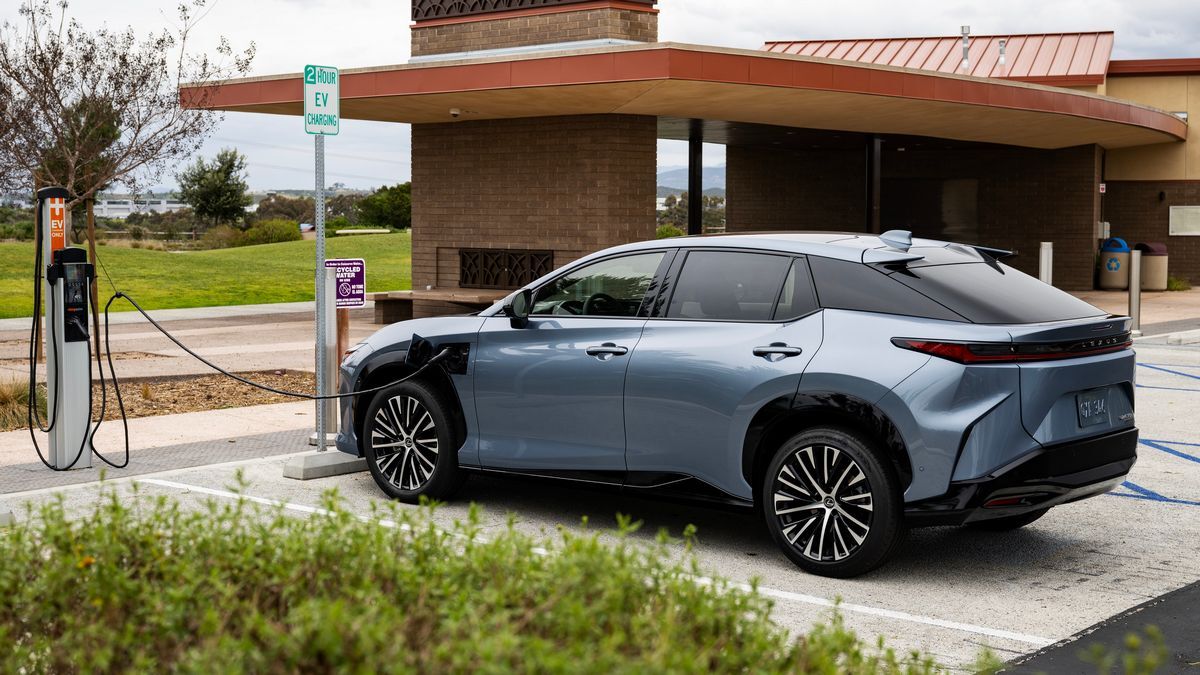Motorcycling has long been divided into two camps; those so devoted to Milwaukee’s finest that they sport Harley-Davidson tattoos, and their polar opposites, namely those who wouldn’t be caught dead riding a Harley-Fergusson. The former laud classic Americana styling and traditional ergonomics for their devotion, the latter blame a paucity of performance and even worse comportment for their antipathy.
But what if you could have the best of both worlds?
The promise of form and function combined
Indeed, what we are currently enjoying is probably the largest wholesale lineup refresh in Harley-Davidson’s storied motorcycle history. First, it was 2014’s Mount Rushmore remake of The Motor Company’s touring models. Then last year, they surprised the industry with the new eight-valve Milwaukee-Eight big twins. And this year brings us all new frames and chassis — codenamed DaVinci — for both Dyna and Softail models. In fact, this year’s revisions go deeper than that: There are simply no more Dynas, all the models that used to be built on that chassis having been rolled into the Softail platform.
First and foremost among the upgrades is a large, single-tube spine frame mated to a monoshock rear damper, neither of which is revolutionary but remain effective upgrades nonetheless. Indeed, Ben Wright, the Softail’s chief engineer says that by getting the suspension geometry just right — the rear shock is directly in line with the frame’s upper rail — stress on the upper frame is minimized. This allowed engineers to make the upper stanchion significantly lighter, contributing to Harley’s claim that the Softail’s new frame is about 15 pounds lighter than the previous version while measuring 35 percent stiffer. Furthermore, says Wright, by boxing the upper frame rail, Harley was able to locate most of the electric wiring inside the frame for that ‘clean’ cable-less look that custom builders are always claiming takes thousands of dollars to perfect.
New suspension
It also — and, yes, this is often a secondary consideration for Harley owners — modernizes the suspension. Now operating in traditional compression, the rear shock’s spring now compresses under load and is now more easily adjustable for preload. Just how more easily depends on the model. On models in which space is at a premium and stylistic concerns rule out an external adjuster — the Slim, Street Bob and the new Low Rider — one needs to remove the seat and adjust the rear shock with a traditional suspension spanner. Models not so cramped — Heritage Classic and Deluxe — get a hydraulic preload adjuster, still under the seat, but not requiring nearly as much muscle or finesse to adjust. And the sportier versions of the new Softail line — the Fat Bob, Fat Boy and the Breakout — get an external hydraulic adjuster similar to premium adventure and sport touring bikes.
And more power!
As you might have expected, all the new Softails will now be powered by Harley’s new Milwaukee-Eight V-twin. Essentially a four-valve upgrade to the venerable 45-degree V-twin, the 107 cubic inch (1,746 cc) versions power the Slim, Deluxe, Street Bob and Low Rider while the Heritage, Breakout, Fat Bob and Fat Boy are available with either the 107 or 114 cubic inch (1,868 cc) versions. However, all Softail Milwaukee-Eights, unlike Harley’s rubber-mounted touring models, get a second balancing shaft since the engines are rigidly mounted. The 107 engine boasts 109 lb-ft of torque while the 114 version generates as much as 119 lb-ft. Harley says the 107-powered models are about 10 percent quicker than the HO Twin Cam 103 models they replace, and the 114s are another nine percent faster still.
It’s still all about style
Horsepower infusion or not, the motors are not the primary focus of the 2018 rejuvenation. All models from the cruising-oriented Deluxe to the sporty Fat Bob are much improved in the comportment department. Cynics will argue that a) both were starting from a pretty low baseline and b) the handling improvements being trumpeting really only bring them up to normal biking standards. Nonetheless, Harley haters now have one less thing to carp about. Anyone who was on the fence about purchasing a Harley because of their dynamic limitations will now have their qualms settled.
Indeed, as much as Mr. Wright and his band of merry engineers may trumpet the Softails’ improved frames, suspension and motors, the truly devoted’s main concern is their looks. The main contribution of the upgrades, therefore, is to give punters sitting on the fence one less reason not to buy Harley’s most important commodity — style.
Best of 2018: Hottest New Motorcycles
